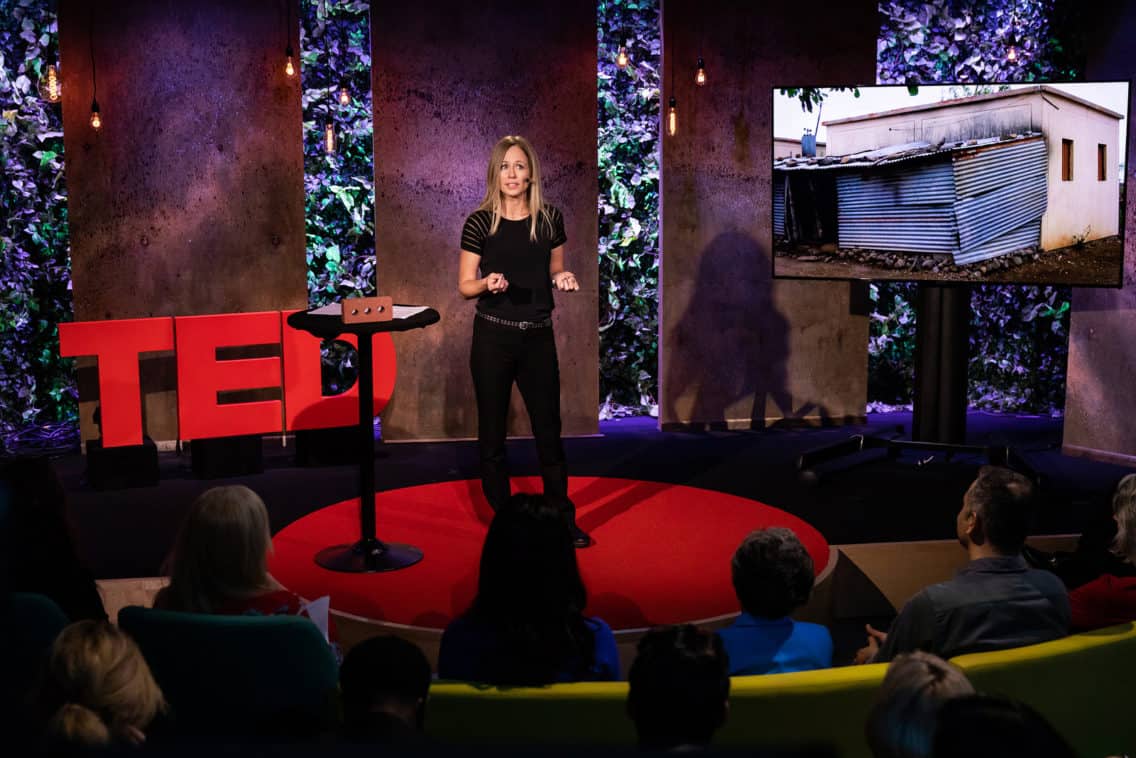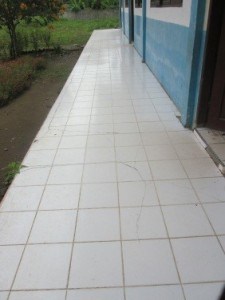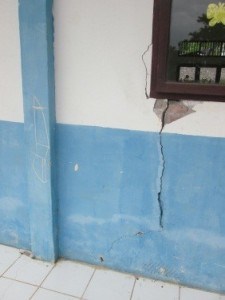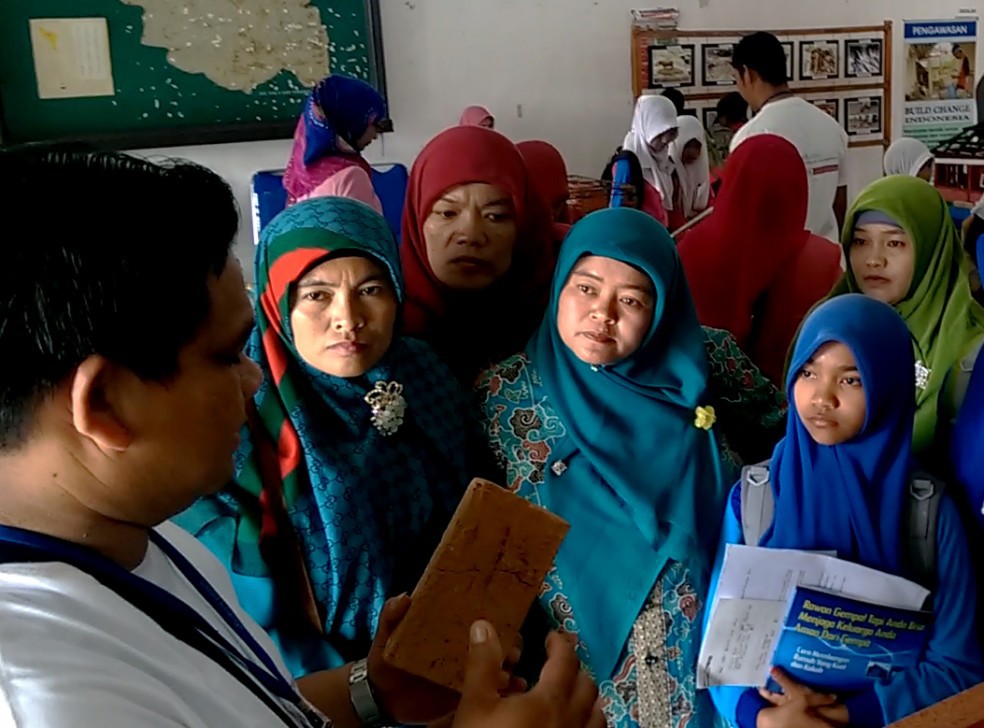Build Change CEO Delivers Vision of Housing Resilience at TED Conference
WASHINGTON, D.C., Sept. 25 — Dr. Elizabeth Hausler, Founder and CEO of Build Change, delivered an impassioned TED Talk to the organization’s “We the Future” conference in New York, joining thousands of other social entrepreneurs and activists in calling for a renewed commitment to building housing resilience and battling poverty in the developing world.
The marquis event at the TED World Theater in Manhattan celebrated the 73rd annual opening session of the United Nations General Assembly.
Reducing Disaster Risk in Paradise: Engineering Excellence Fellow in the Philippines
Since March 2018, I have been working with the Build Change Philippines team in Metro Manila. The island country is absolutely breathtaking, and the team here is incredible!
Simpson Strong-Tie Fellow Update: Adventures into Safer Building in Indonesia
by Dr. James Mwangi, Simpson Strong-Tie Engineering Excellence Fellow 2017-18
Arriving on the other side of the Pacific
The journey to Padang, Indonesia started on August 3rd, 2017 in San Francisco, California with connections in Manila, Philippines and Jakarta, Indonesia. I arrived exhausted but excited in Padang on August 5th after almost 24 hours in the air. Padang is the provincial capital of West Sumatra and lies just south of the equator.
3 Organizations, 8 Volunteers, and 500,000 Damaged Houses: How Autodesk Foundation, Team4Tech, and Build Change are Collaborating on Efficient Earthquake Recovery in Nepal
An estimated 500,000 houses are only partially damaged after the 2015 earthquakes in Nepal. That means out of 750,000 houses estimated to be damaged or destroyed, 2/3 of them are still standing but cracked and unsafe for people to use. These homeowners are not in need of newly constructed houses, but an opportunity to save as much of their original house as possible and strengthen it through retrofitting. Retrofitting is an innovative and cost-effective method of seismically strengthening existing houses by strengthening structural elements and stabilizing the current structure,
Aceh Earthquake Response Day 3: Brickmakers and Damaged Buildings in Meredeu & Bandar Baru Sub-districts
Today we visited two more affected sub-districts in Pidie Jaya. In the morning we went to Bandar Baru sub-district and visited two schools. The buildings are confined masonry, and include teacher housing. Walls have collapsed in a few of the classrooms and the library building.
The damage that we found in those two schools are quite similar to the damage at the schools we visited earlier in the week: cracks in the walls near windows and doors,
After Hurricane Matthew: Assessing Damages in Moron
Today we drove from Jeremie toward the mountains in the middle of the Grande Anse department. On the bumpy road along the Grande Anse River we saw dozens of houses with heavy damages from the hurricane. The houses are mainly constructed with a wood frame and stone masonry. The wind force shocked the buildings, provoking the fall of the top corners of some walls and cracks near the column joints. The use of mud mortar to place the stones is insufficient to tie the stone together well.
Community Education in Takengon, Indonesia
Over 150 adults and 100 children participated in our Better Building Material community event in Takengon, Indonesia in December 2014. We have been working with 200 local brick-makers, mostly women, to help them produce better quality bricks.
Houses and schools built with poor-quality bricks or concrete blocks are likely to collapse during natural disasters. Better bricks and concrete blocks make safer houses and schools.
We provide on-the-job training for small businesses that manufacture bricks and blocks to improve the quality of their products.




